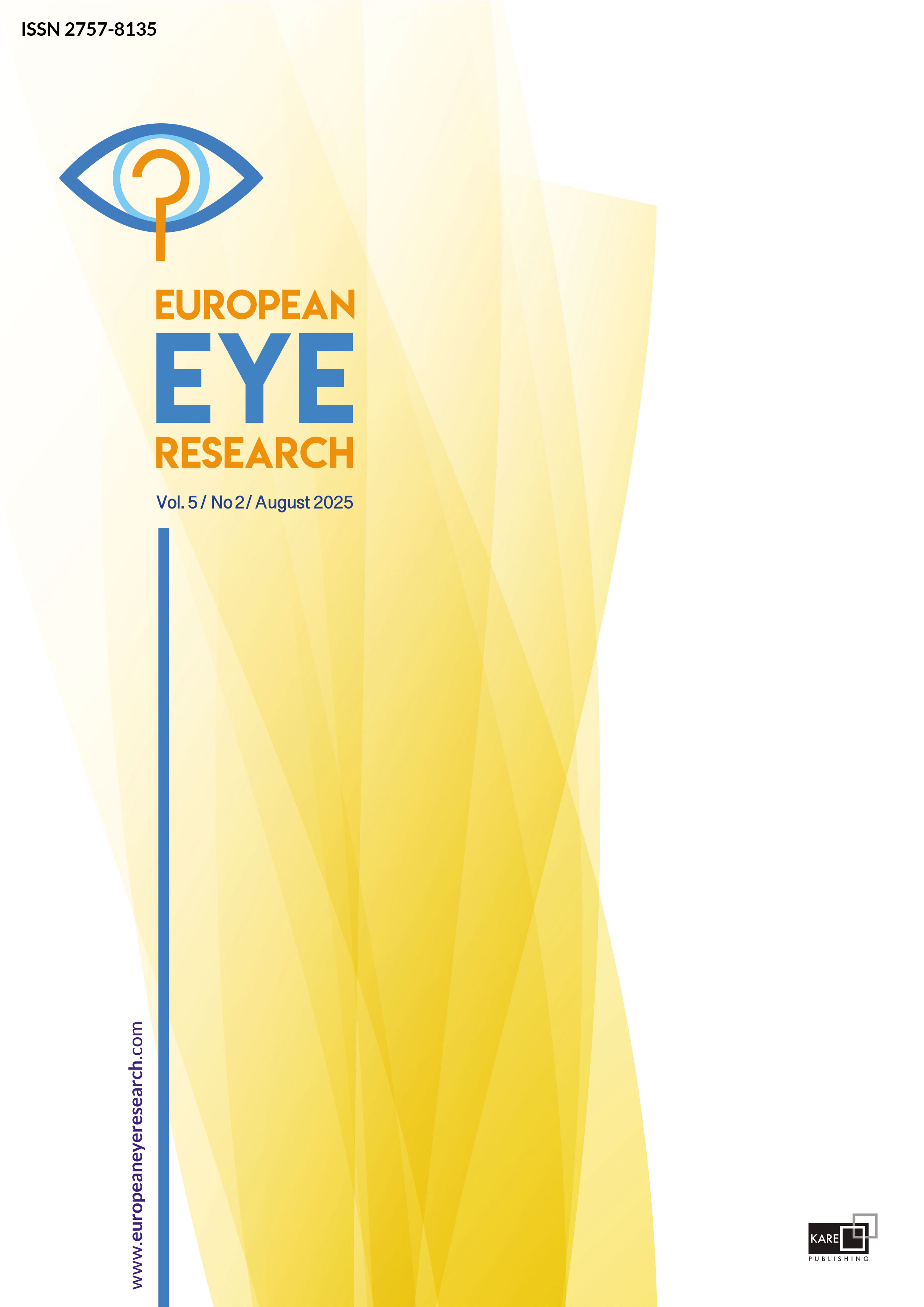

Microbiological profile and antibiotic susceptibility results in corneal samples: Sharing 4-year data
Ali Ceylan1, Fahri Onur Aydin2, Yusuf Berk Akbas2, Beyza Oncel3, Betul Akgul Afsin2, Burcin Kepez Yildiz2, Yusuf Yildirim41Department of Ophthalmology, Akdeniz University Faculty of Medicine, Antalya, Türkiye2Department of Ophthalmology, University of Health Sciences, Basaksehir Cam and Sakura City Hospital, Istanbul, Türkiye
3Department of Microbiology, University of Health Sciences, Basaksehir Cam and Sakura City Hospital, Istanbul, Türkiye
4Department of Ophthalmology, Medipol University, Istanbul, Türkiye
PURPOSE: The purpose of the study is to evaluate the microbiological profile, antibiotic susceptibility patterns, and clinical outcomes of infectious keratitis cases managed at a tertiary referral center over 4 years.
METHODS: This retrospective study included 451 patients with suspected infectious keratitis, whose corneal scrapings were subjected to microbiological culture and antibiotic susceptibility testing between June 2020 and October 2024. Patients with non-infectious keratitis or insufficient follow-up were excluded. Microbial identification was performed using matrix-assisted laser desorption ionization time of flight mass spectrometry, and antibiotic susceptibility was assessed per EUCAST 2024 standards. Demographic data, clinical risk factors, culture positivity rates, and treatment outcomes were analyzed statistically.
RESULTS: Culture positivity was observed in 39.4% of cases (n=178). Among these, 61.3% were gram-positive bacteria, 35.4% gram-negative bacteria, and 3.3% fungi. The most frequently isolated pathogen was Staphylococcus spp. (42.1%), primarily Staphylococcus epidermidis (18%), followed by Pseudomonas aeruginosa (13.4%) and Streptococcus spp. (9.5%). Methicillin susceptibility of S. epidermidis was 58%, while susceptibility rates to moxifloxacin, gentamicin, and fusidic acid were 88.9%, 83.3%, and 83.3%, respectively.
CONCLUSION: This study highlights the microbiological profile and regional antibiotic susceptibility patterns of infectious keratitis in a tertiary care setting. The predominance of Staphylococcus spp. and variability in antibiotic resistance emphasize the importance of prompt microbiological testing and evidence-based empirical therapy. These findings provide valuable data to optimize treatment strategies and improve clinical outcomes in infectious keratitis management.
Manuscript Language: English



